Trees and Plants of Human Use and Significance
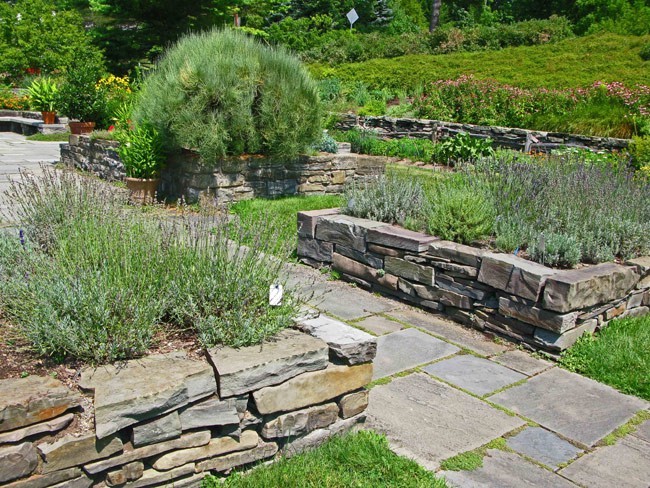
Recently I spent a week in Ithaca, where I went to Cornell from 1986–1990, or six hundred million years ago. Not having been there since graduation, I immediately noted a very important difference between my present and former self: namely, I couldn’t wait to spend some time in the botanical gardens, toward which I had been largely oblivious as an undergrad.
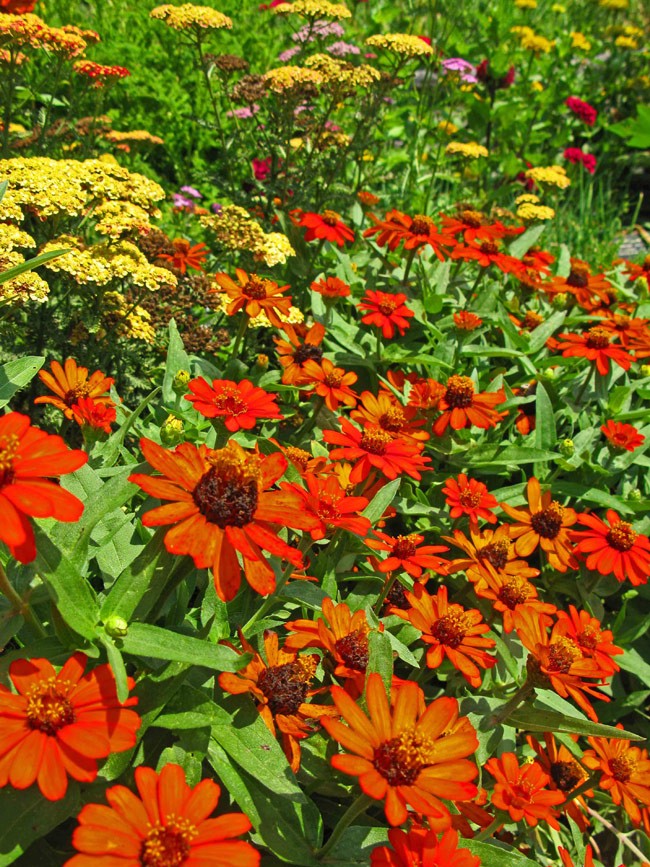
I started out in the Robison York State Herb garden, where-because it was August and the campus was deserted-it was just me and 500 herbs (and “plants that have human use or significance”). These included Herbs of the Ancients, Bee Herbs, Culinary Herbs, Dye Herbs, Economic Herbs, Fragrant Herbs, Herbs in Literature, Medicinal Herbs, Herbs of Native Americans, Ornamental Herbs, Sacred Herbs, Tea Herbs, Savory Seed Herbs, Tussie-Mussies and Nosegays (used to ward off the contagion of conservative assholes since the middle ages), Scented Geraniums, Salads and Potherbs, and Edible Flowers.

I gravitated toward the dye herbs, which included the zinnias, whose orange petals were among the brightest in the garden. I learned that every zinnia, no matter what color, has the same dye substance, which means that each will turn wool a shade of yellow. Not being a scientist, I had no idea why this might be the case, but I regretted that I would not be returning back to New York City with a bright orange wool sweater. I wondered if the Hopi Red Dye Amaranth would turn the wool of my imaginary sweater red, but the sign did not indicate one way or the other.
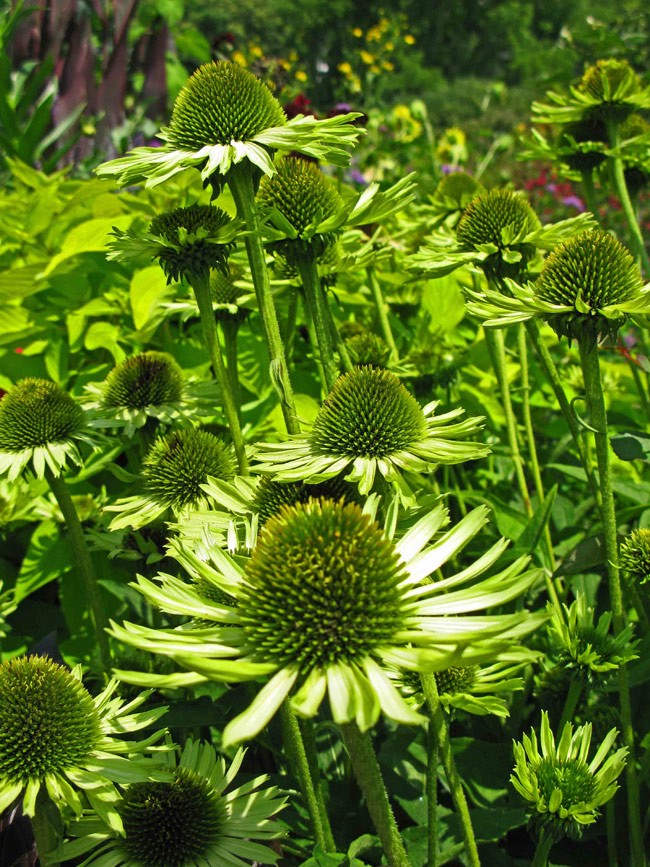
In the Echinacea patch, I was struck by the fame of the flower as a homeopathic remedy against the common cold, when more obscure plants (at least to me) are possibly more deserving of fame, such as the Madagascar Periwinkle (part of the awesomely named Dogbane family), which is the source of chemotherapeutic drugs used to treat childhood leukemia and Hodgkin’s disease. I imagined a corporate conference room twenty years ago, where some marketing genius made a pitch to sell Echinacea to the masses: “Everyone gets colds, right?” says Don Draper. “But everyone hates hippies. We’ll just clean up the label to make it look ‘scientific’ and we’ll pay some real doctors for testimonials. Peggy, quit being a stupid bitch and get me a drink!”
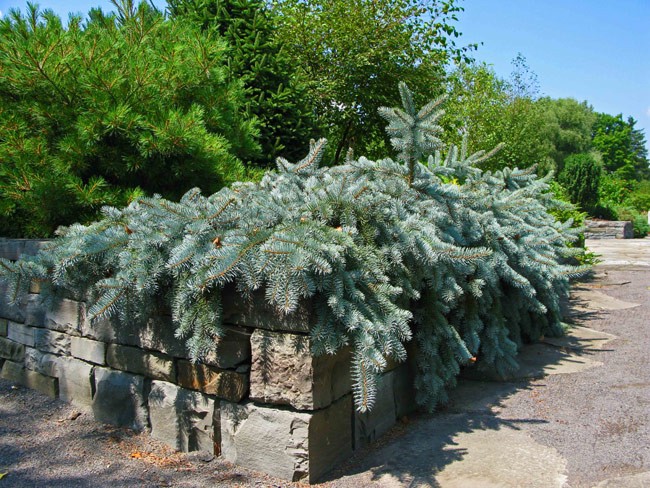
I went to the winter garden, which despite the lack of snow was still beautiful, filled with exquisite conifers whose branches languidly draped over the stone walls. If I had to pick a favorite, it would probably be the Colorado Blue Spruce (Picea pungens ‘procumbens’), although even the lowly Juniper looked magnificent with its tiny, variegated needles spread out like a miniature forest.
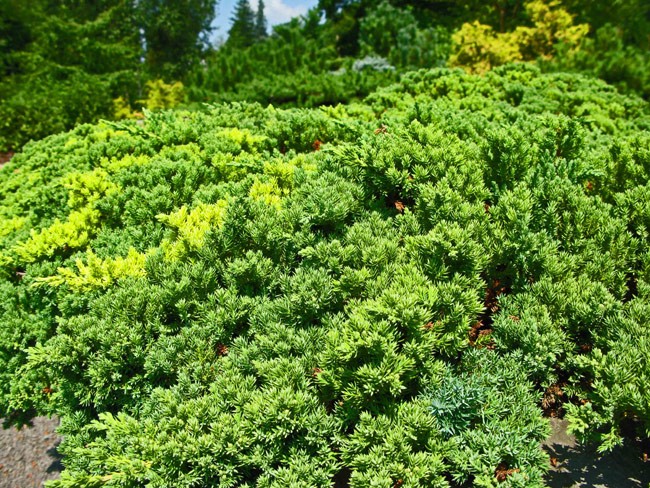
I next went up to the plantations, which is what the arboretum is called. I had actually spent time here as a student, running fartleks (that’s Swedish for “intervals,” Beavis) with the cross-country team, and-as I walked around, enjoying the panoramic views-I felt relieved not to be on the verge of puking my guts out. I drifted over to a sugar maple (Acer saccharum ‘arrowhead’) and absently turned over the identification tag; next to it I was surprised to find a second tag, explaining why the tree had been planted.
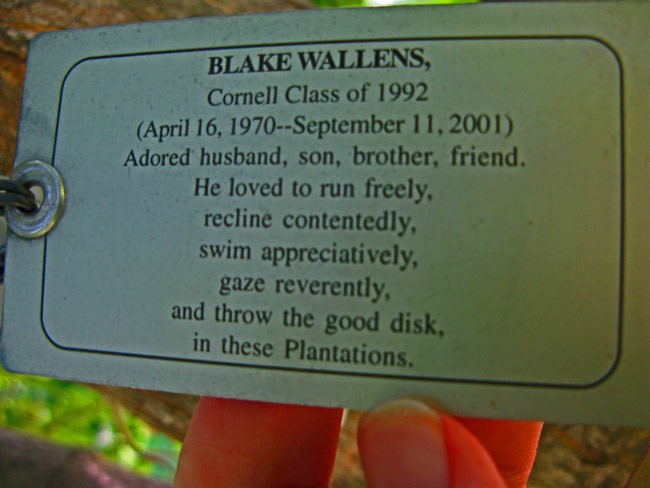
I did not know this guy. Yet I felt a genuine sorrow that of late has been largely absent for me in New York City, where I tend to view the political machinations surrounding Ground Zero with nothing but cynicism. I know this is a defensive reaction; in some ways the day is still too close and too politically charged to think about with the sensitivity it deserves, at least if we focus on those who died (each a tragedy, as the simple tag in my hand made clear). In the city, I can’t separate my grief for what actually happened from my anger about what the day has come to represent, so it all sits atop my psyche like a heavy, undigested stone. But here, two hundred miles away, this uncomplicated tree seemed like the most appropriate form of remembrance. I was grateful to discover that my capacity to grieve had not been completely destroyed, when over the past decade there have been too many times when I have been inclined to think the opposite.
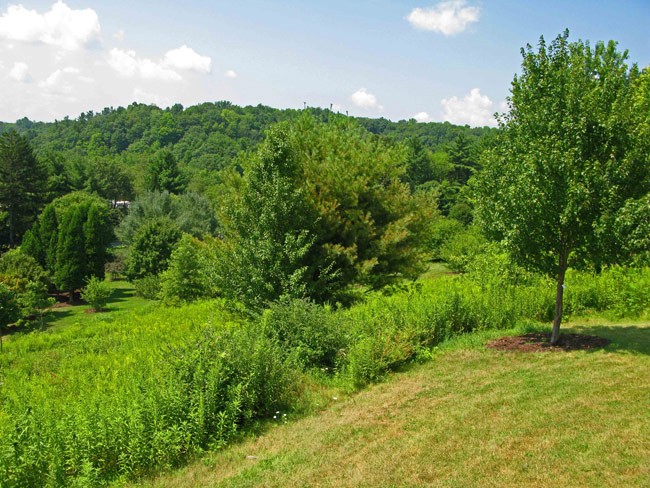
Matthew Gallaway lives in Washington Heights and is the author of the forthcoming novel The Metropolis Case
.
